Table of Contents
The UNESCO Sites in Hungary have resulted from the recognition of 8 cultural and natural landmarks as UNESCO World Heritage Sites in Hungary and 11 locations on the Hungary UNESCO tentative list. These tourist sites in Hungary are acknowledged for their unique and valuable cultural, natural, artistic, and historical significance and are preserved for future generations to enjoy.
In addition to these 8 sites in the Hungary UNESCO list, there are many other places to travel to Hungary that are being considered for UNESCO recognition. These sites, listed on the tentative list, showcase the rich cultural heritage of the country and are waiting for approval to join the prestigious and famous World Heritage Sites list.
To help visitors discover these remarkable Hungary tourist attractions, we have put together an interactive map of the UNESCO sites in Hungary.
Hungary UNESCO Map
Click markers to show information and photo.
World Heritage Sites in Hungary
UNESCO World Heritage Sites in Hungary
There are 8 UNESCO World Heritage Sites in Hungary. All of these three sites are listed under the Cultural category.
- Budapest, including the Banks of the Danube, the Buda Castle Quarter and Andrássy Avenue
- Early Christian Necropolis of Pécs (Sopianae)
- Fertö / Neusiedlersee Cultural Landscape
- Hortobágy National Park – the Puszta
- Millenary Benedictine Abbey of Pannonhalma and its Natural Environment
- Old Village of Hollókő and its Surroundings
- Tokaj Wine Region Historic Cultural Landscape
- Caves of Aggtelek Karst and Slovak Karst
UNESCO World Heritage Sites in Hungary are protected locations for their cultural and natural importance.
Budapest, including the Banks of the Danube, the Buda Castle Quarter and Andrássy Avenue
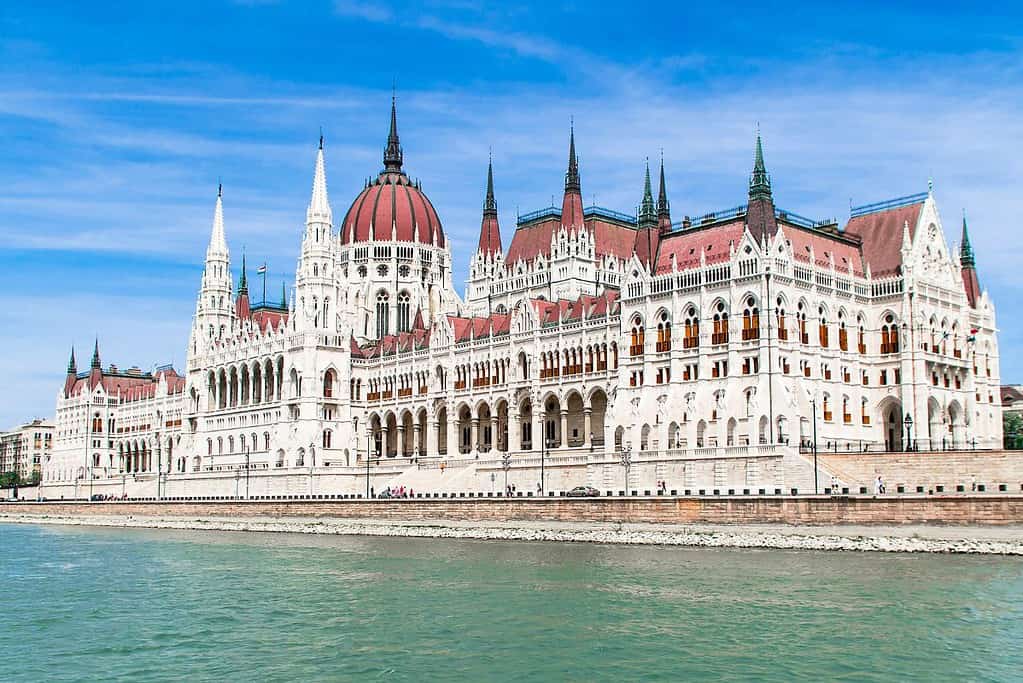
Budapest, the capital city of Hungary, is home to several UNESCO World Heritage Sites that beautifully showcase its rich history and architectural wonders. The first is the Banks of the Danube, which boast a stunning panoramic view of the city’s iconic bridges and historic buildings. These riverbanks are adorned with magnificent structures such as the Hungarian Parliament Building, Matthias Church, and the Gellért Baths, adding a touch of grandeur to the cityscape. Another remarkable site is the Buda Castle Quarter on Castle Hill. It houses the majestic Buda Castle, a historic building complex including the Royal Palace and the Matthias Church. The quarter also offers breathtaking city vistas and a glimpse into Budapest’s past. Finally, there’s Andrássy Avenue, a grand boulevard with elegant townhouses, palaces, and cultural institutions. This iconic avenue connects the historic center to the City Park and is home to the Hungarian State Opera House and Heroes’ Square. Together, these UNESCO sites in Budapest offer visitors an extraordinary journey through the city’s captivating heritage.
Early Christian Necropolis of Pécs (Sopianae)
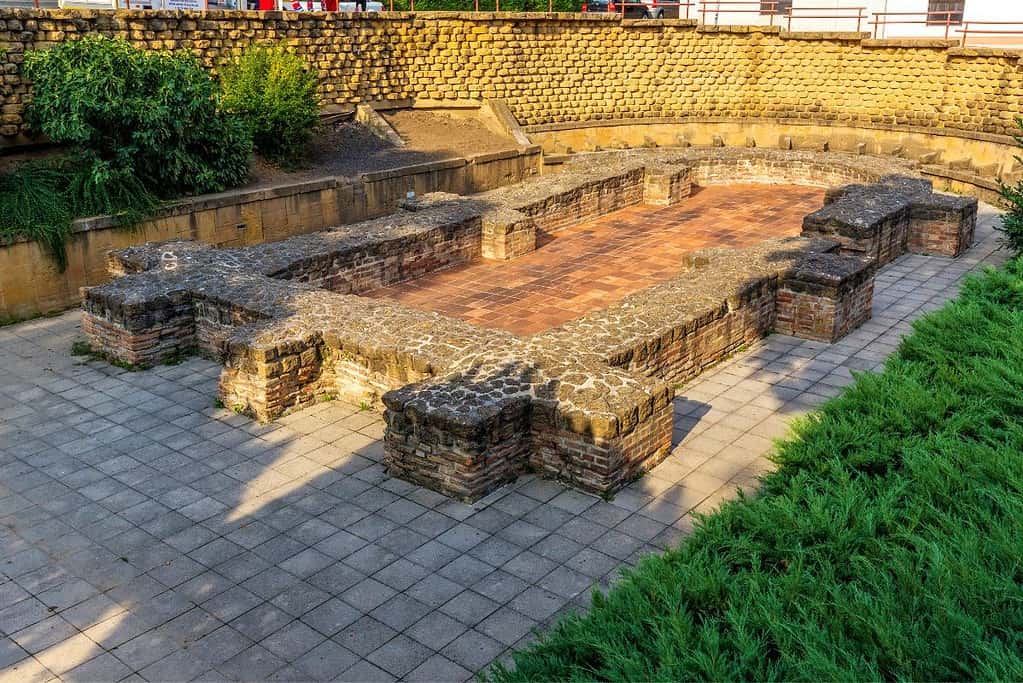
The Early Christian Necropolis of Pécs (Sopianae) is a UNESCO World Heritage Site in Pécs, Hungary. This ancient necropolis holds significant historical and cultural value as it represents the remains of an early Christian cemetery dating back to the 4th century. The site is renowned for its well-preserved underground tombs and mausoleums adorned with intricate frescoes and decorative elements, offering a glimpse into the time’s early Christian art and burial practices. The Early Christian Necropolis of Pécs serves as a testament to the region’s rich history and religious significance, attracting visitors from around the world.
Fertö / Neusiedlersee Cultural Landscape
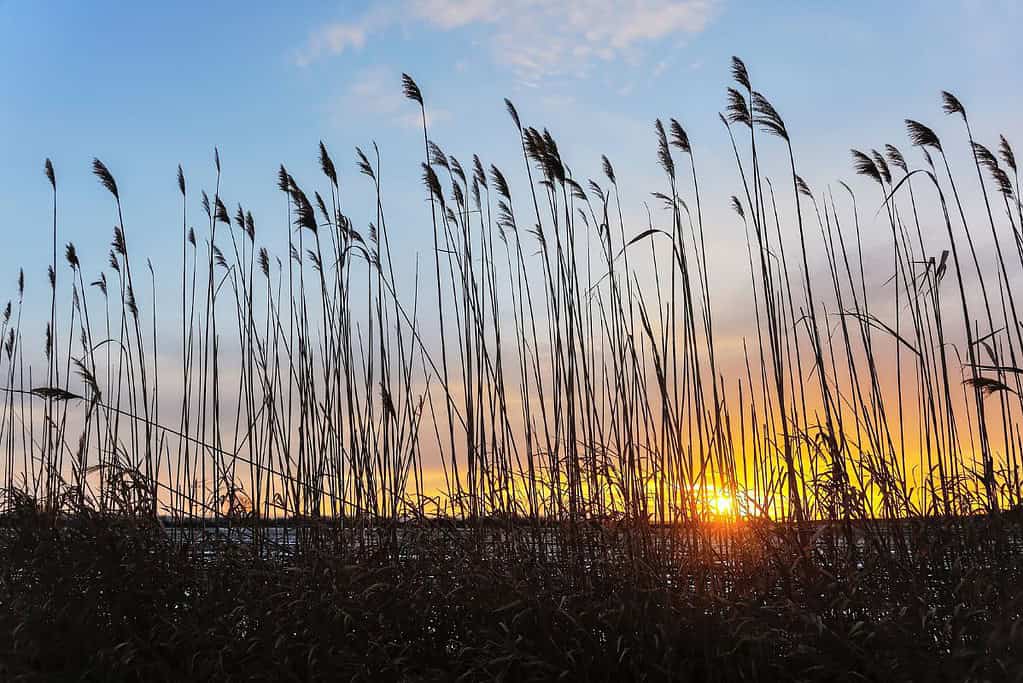
The Fertö/Neusiedlersee Cultural Landscape is a UNESCO World Heritage Site located on the border between Austria and Hungary. This unique landscape encompasses Lake Neusiedl, the westernmost steppe lake in Eurasia, and the surrounding areas. The site is characterized by its outstanding natural beauty and its rich cultural heritage. It is a prime example of the harmonious coexistence between humans and nature, with traditional farming practices and sustainable land use integral to the region’s identity. The landscape is dotted with charming villages, vineyards, and historical monuments, showcasing the cultural and historical significance of the area. The Fertö/Neusiedlersee Cultural Landscape is a testament to the interplay between man and nature and the preservation of traditional ways of life.
Hortobágy National Park – the Puszta
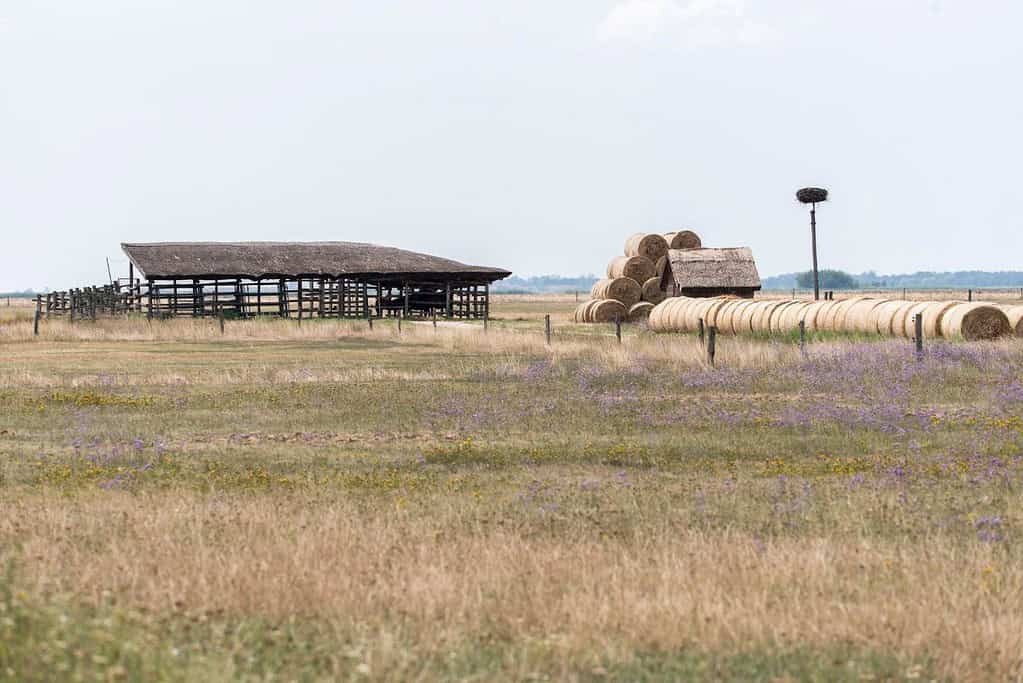
Hortobágy National Park, also known as “the Puszta,” is a UNESCO World Heritage Site in Hungary. It is a vast expanse of plains and wetlands that showcases the unique natural and cultural heritage of the Hungarian Puszta. The park is home to diverse ecosystems, including marshes, meadows, and steppe habitats, which provide sanctuary to numerous plant and animal species. The area’s traditional farming practices and horse husbandry are also celebrated, with shepherds and horsemen demonstrating their skills during lively cultural events. The iconic Nine-Arch Bridge and traditional thatched-roof farmhouses add to the charm of this remarkable landscape, making Hortobágy National Park a captivating destination for visitors.
Millenary Benedictine Abbey of Pannonhalma and its Natural Environment
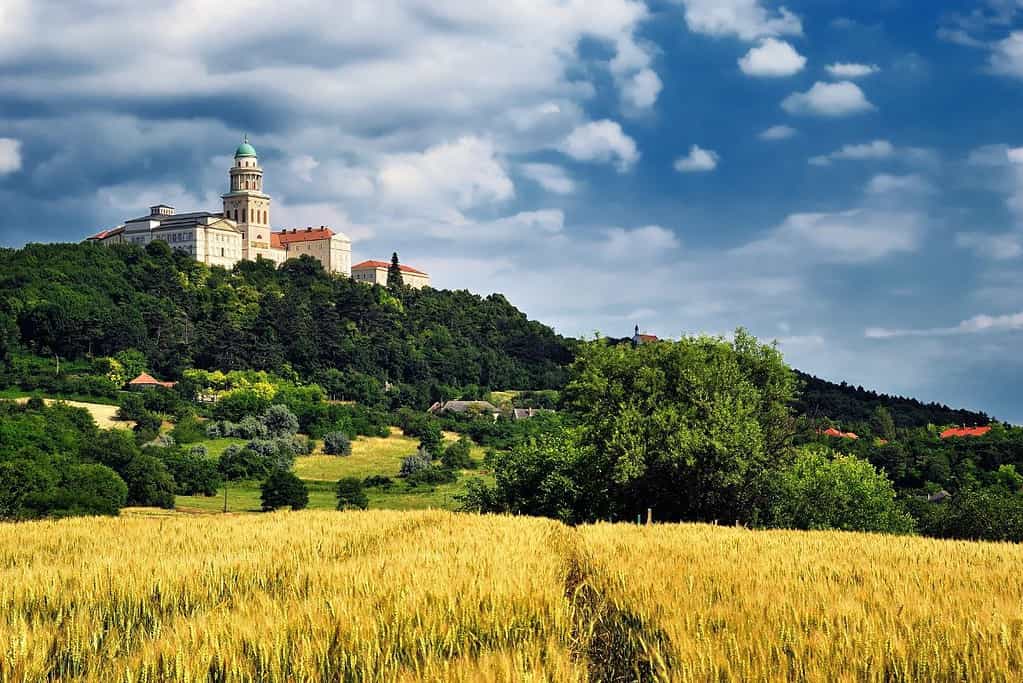
The Millenary Benedictine Abbey of Pannonhalma and its Natural Environment is a UNESCO World Heritage Site in Hungary. The abbey, founded in 996 AD, holds great historical and cultural significance. It is one of the oldest Benedictine monasteries in Central Europe and has been a center of education, spirituality, and art for over a millennium. The abbey complex includes a magnificent basilica, a library containing valuable manuscripts and archives, and other architectural gems. Surrounding the abbey is a picturesque natural environment featuring lush vineyards, rolling hills, and serene landscapes. The combination of the abbey’s rich history and the beauty of its natural surroundings makes it a truly remarkable and cherished site.
Old Village of Hollókő and its Surroundings
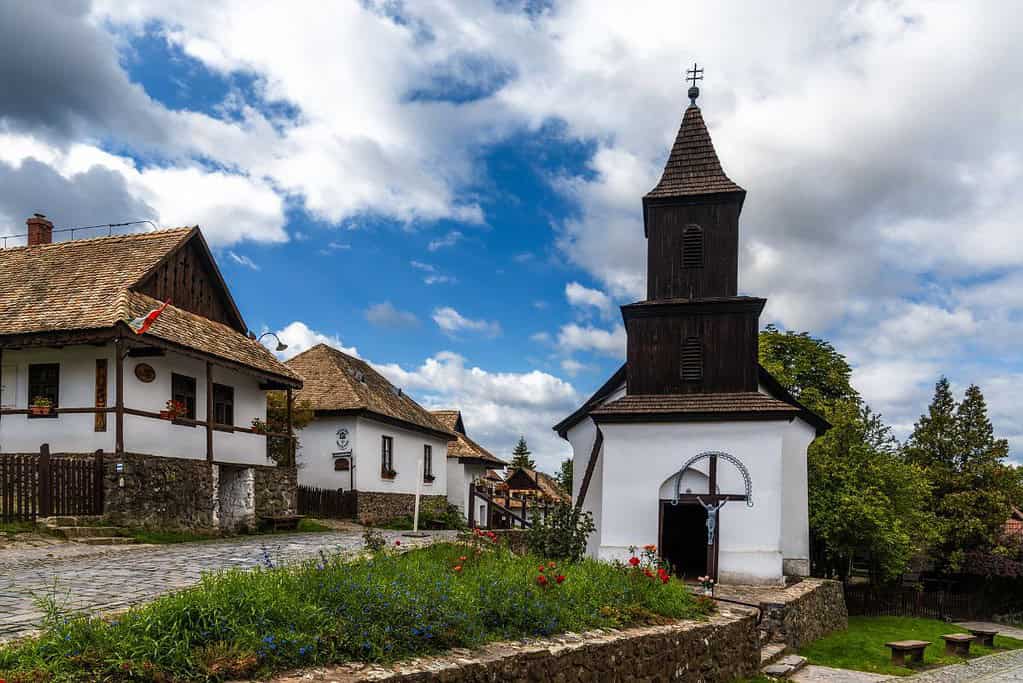
The Old Village of Hollókő and its Surroundings is a UNESCO World Heritage Site in Hungary. This historic village showcases a remarkably preserved rural settlement and surroundings, providing a glimpse into traditional Hungarian village life. The village’s architectural ensemble includes charming houses with traditional thatched roofs, narrow cobblestone streets, and a medieval castle. The surrounding landscape features rolling hills, vineyards, and picturesque views, creating a harmonious blend of natural and cultural elements. Visitors can immerse themselves in the rich history and unique atmosphere of the Old Village of Hollókő while exploring its well-preserved architecture and experiencing the local traditions and customs.
Tokaj Wine Region Historic Cultural Landscape
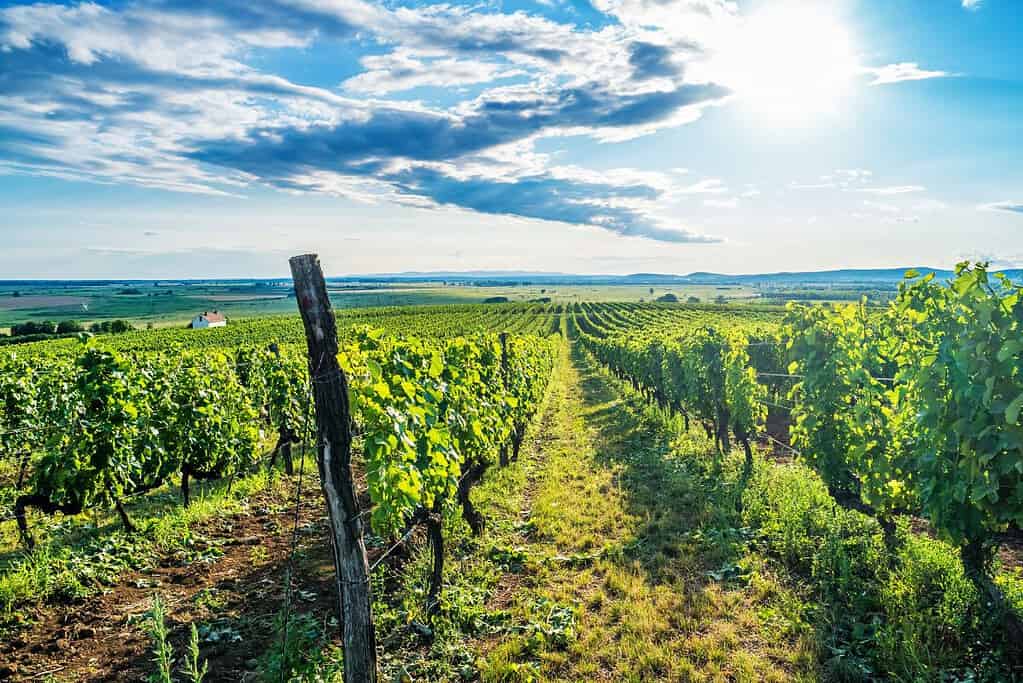
The Tokaj Wine Region Historic Cultural Landscape is a UNESCO World Heritage Site in Hungary and Slovakia. This region is renowned for its centuries-old tradition of winemaking, particularly its sweet Tokaj wine. The landscape is characterized by vineyards and cellars that have been carefully crafted over the years, showcasing the area’s unique architectural and cultural heritage. The vineyards, which date back to the 12th century, are integral to the local communities and their traditions. The Tokaj Wine Region Historic Cultural Landscape is not only a testament to the art of winemaking but also a living testament to the harmonious relationship between humans and nature.
Caves of Aggtelek Karst and Slovak Karst
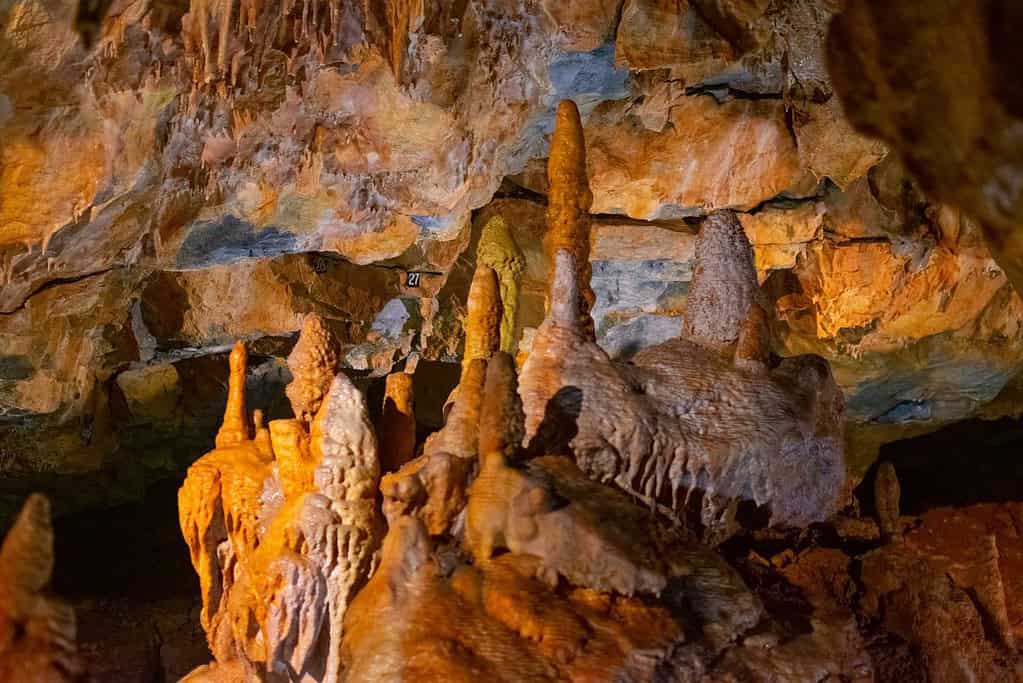
The Caves of Aggtelek Karst and Slovak Karst are UNESCO World Heritage Sites in Hungary and Slovakia respectively. These remarkable cave systems showcase stunning natural formations and provide a fascinating glimpse into the underground world. The Aggtelek Karst features over 700 caves, with the Baradla-Domica Cave being the most famous, renowned for its vast chambers and beautiful stalactites and stalagmites. The Slovak Karst is equally captivating, offering a network of interconnected caves, deep canyons, and picturesque waterfalls. Visitors can explore the enchanting caves, marvel at the intricate limestone formations, and witness the unique ecosystems that have evolved in these subterranean realms.
Hungary UNESCO tentative list
- Le Château-fort médiéval d’Esztergom
- Caves of the Buda Thermal Karst System
- System of Fortifications at the Confluence of the Rivers Danube and Váh in Komárno – Komárom
- State Stud-Farm Estate of Mezöhegyes
- The Ipolytartnóc Fossils
- Ödön Lechner’s independent pre-modern architecture
- Frontiers of the Roman Empire – Ripa Pannonica in Hungary
- The Network of Rural Heritage Buildings in Hungary
- Royal Seats in Esztergom, Visegrád with the former Royal Wood in the Pilis Mountain
- Wooden bell-towers in the Upper Tisza-Region
- Balaton Uplands Cultural Landscape
Tours in Hungary
Our choices of tours in Hungary are divided into thematic features such as Budapest, Lake Balaton, and Eger Experience.
